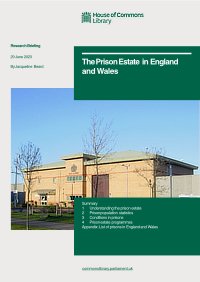By Jay Gormley
• Criminal fines are the most common criminal sanction and account for about 75% of principal sanctions issued by courts. As a principal sanction, fines are most commonly used for relatively less serious offences where an out of court disposal (OOCD) or discharge is not appropriate or possible. However, fines can also be used as a complementary sanction to another disposal - such as a community order for more serious offences.
• There is a need for the law to provide better clarity concerning the most appropriate role for criminalisation. Most notably, there could be better clarity about the relationship between criminal fines issued by courts and non-criminal fines issued by criminal justice personnel (e.g. police officers and prosecutors) by way of an OOCD.
• In the past, defaulting on a fine frequently resulted in the next step being a custodial sentence. Today, other sentencing disposals have to be considered first, ameliorating this issue. However, currently, there is no available data on how many people default on a fine, are given another order (e.g. a community order) which they also fail to comply with, and are ultimately given a custodial sentence for what was initially a finable offence. This matter requires urgent clarification and it should also be investigated whether it contributes to the high number of short custodial sentences.
• Fines, more than any other disposal, raise questions of fairness given the socio-economic inequality in society. Without care, fines risk disproportionately punishing the poor who may suffer more from a fine of a given amount. The Sentencing Council provides crucial guidance in this respect, but it could be taken further.
London: Sentencing Academy, 2022. 20p.





















